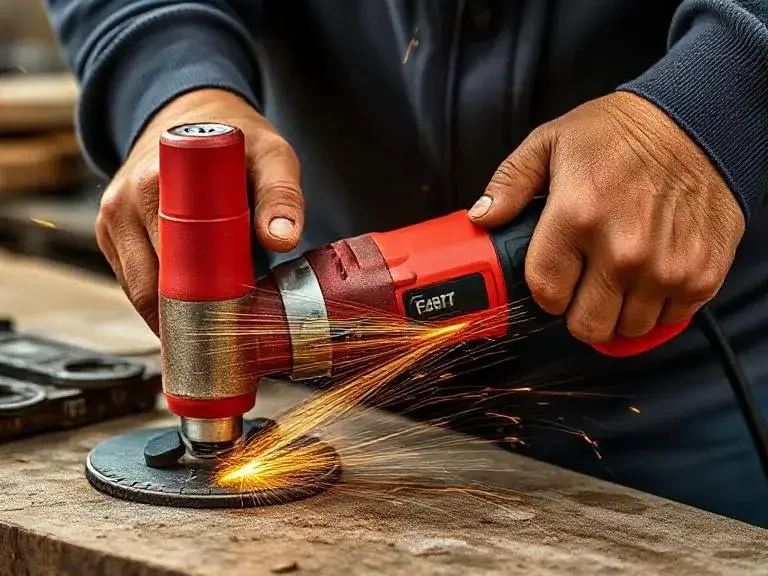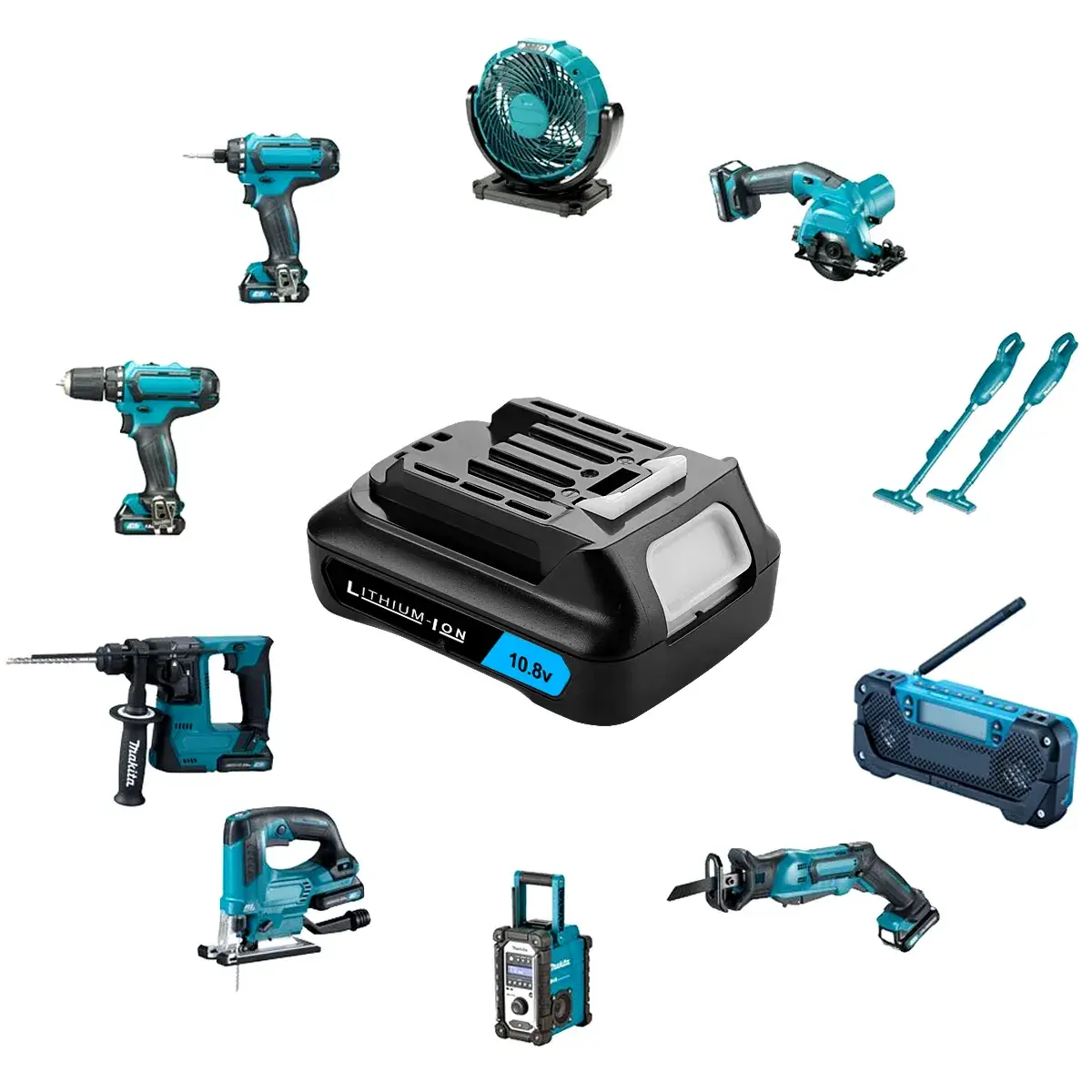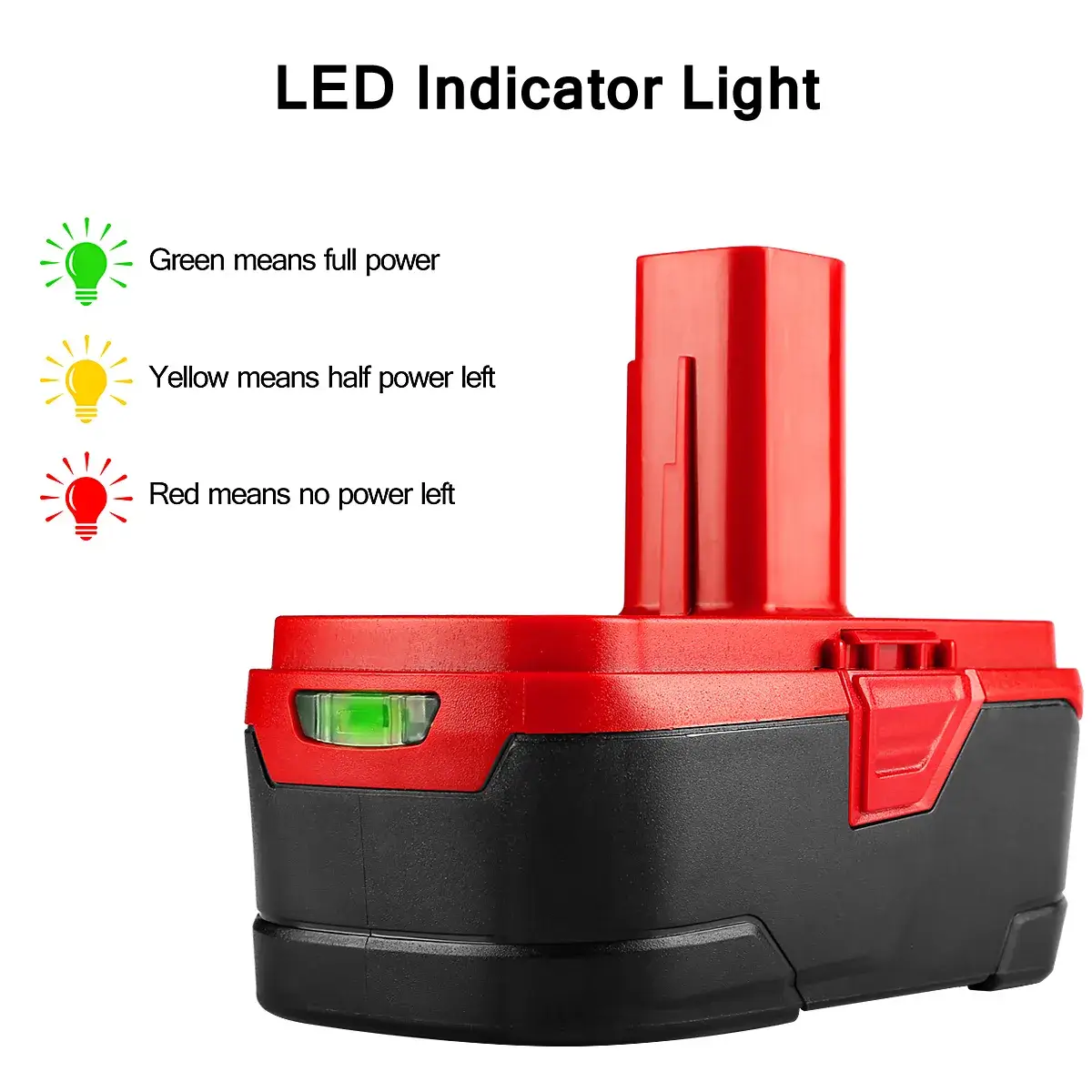Lithium‑Ion Batteries: What’s the Difference Between Voltage and Amperage?
In this section, we introduce why understanding the distinction between voltage (electrical potential) and amperage (current) in lithium‑ion batteries is vital for both safety and efficiency when selecting and using batteries.
Effective battery use depends on matching both voltage and current ratings to your application.

1. What Is Voltage in Lithium‑Ion Batteries?
Define nominal, fully charged, and cutoff voltages, and explain how series cell configurations add up:
- Nominal Cell Voltage: \~3.6–3.7 V per cell
- Fully Charged Voltage: \~4.2 V per cell
- End‑of‑Discharge Voltage: \~2.5–3.0 V per cell
- Series Packs: Voltage sums in series (e.g., five cells × 3.7 V ≈ 18 V total).
> Why it matters: Pack voltage determines whether your device will power on and at what speed or torque it operates.

2. What Is Amperage in Lithium‑Ion Batteries?
Explain current flow, continuous vs. peak discharge ratings, and C‑rates:
- Definition: Amperage (A) is the rate of charge flow.
- Ratings:
- Continuous Discharge: e.g., 10 A continuous
- Peak Discharge: e.g., 20 A for short bursts
- C‑Rate: Multiplier of capacity (e.g., 1 C on a 2 Ah pack = 2 A).
> Why it matters: The current rating tells you how much load the battery can safely drive without overheating or triggering BMS protection.
3. How Do Voltage and Amperage Work Together?
Use the power equation to show their joint effect:
- Power (P): P = V × I
Example: A 20 V pack at 5 A produces 100 W.
- Trade-offs: Raising voltage or current both increase power, but they impact heat generation, efficiency, and component stress differently.
> Why it matters: Understanding both values lets you predict tool torque, speed, and runtime under load.
4. Key Differences Between Voltage and Amperage
Compare definitions, units, measurement methods, and roles in power delivery:
| Parameter | Voltage (V) | Amperage (A) |
| What it is | Electrical “pressure” pushing electrons | Rate of electron flow through a circuit |
| Units | Volts (V) | Amperes (A) |
| Measured by | Voltmeter across terminals | Ammeter in series with the load |
| Role in power | Higher V can increase motor speed | Higher A can increase torque/power |
> Don’t confuse: Higher voltage does not equal more current.
5. How Do Voltage and Amperage Affect Efficiency?
Discuss I²R losses and high-voltage advantages:
- Resistive (I²R) Losses: Heat losses rise with the square of current—doubling current quadruples losses.
- High-Voltage Benefit: Doubling voltage halves current for same power, cutting I²R losses.
- Over-Current Risk: Excessive current leads to overheating, lower efficiency, and accelerated cell wear.
> Optimize efficiency: Use the highest safe voltage and the lowest necessary current.
6. How Does Ohm’s Law Relate to Voltage and Amperage?
Introduce V = I × R and apply it to battery load calculations:
- Ohm’s Law: V = I × R (R = load resistance)
- Example: 18 V pack across 4 Ω draws 4.5 A (18 V ÷ 4 Ω = 4.5 A).
> Why it matters: Predict current draw under different loads to avoid exceeding battery or wiring limits.

7. Common Misconceptions About Voltage and Amperage
Clear up two major myths:
- Myth: “Higher voltage always means more power.”
- Truth: Power also depends on current capability (P = V × I).
- Myth: “You can increase current by over‑volting a battery.”
Truth: Exceeding voltage ratings risks BMS shutdown, cell damage, or fire.
> Stay safe: Adhere to both voltage and current limits from the manufacturer.
8. Safety Considerations for Voltage and Amperage
List precautions to avoid over-voltage and over-current hazards:
- Voltage Matching: Use battery packs within ±5% of device voltage rating.
- Current Limits: Do not exceed continuous or peak discharge ratings; install fuses or current-limiting circuitry.
- Thermal Management: Ensure adequate cooling and temperature monitoring when drawing high currents.
> Critical: Safe battery use relies on proper voltage and current control plus robust BMS protection.
9. How Requirements Vary by Application
Show typical voltage and current needs in different use cases:
| Application | Typical Voltage | Typical Peak Current | Notes |
| Power Drills | 18 V | 20 A | 360 W peak for heavy drilling |
| Drones | 14.8 V | 30 A | High C‑rate cells for rapid throttle response |
| LED Lighting | 12 V | 2–5 A | Low draw, prioritize runtime |
> Match specs: Choose series/parallel configurations to meet both voltage and current requirements.
10. Frequently Asked Questions
Answer common user queries:
Q1. What Happens If I Use Too High a Voltage?
Over-voltage can damage electronics, overstress components, trip protection circuits, or cause permanent failure.
Q2. Can I Increase Current Output of a Li‑Ion Battery?
No—use cells with a higher discharge rating or add parallel strings; bypassing BMS is hazardous.
Q3. Are There Risks with Low‑Voltage Operation?
Undervoltage can prevent device startup, cause excessive current draw, trigger BMS lockout, and damage cells.

11. Key Takeaways & Next Steps
Summarize core points and guide proper implementation:
- Recap: Voltage defines potential, amperage defines flow, together providing power (P = V × I).
- Next Steps:
1. Match battery voltage and current ratings to your device.
2. Use appropriate protection (fuses, BMS).
3. Monitor thermal conditions during high-load use for safe, reliable performance.
Understanding these fundamentals ensures you select and use lithium‑ion batteries that deliver the right power, efficiency, and safety for any application.